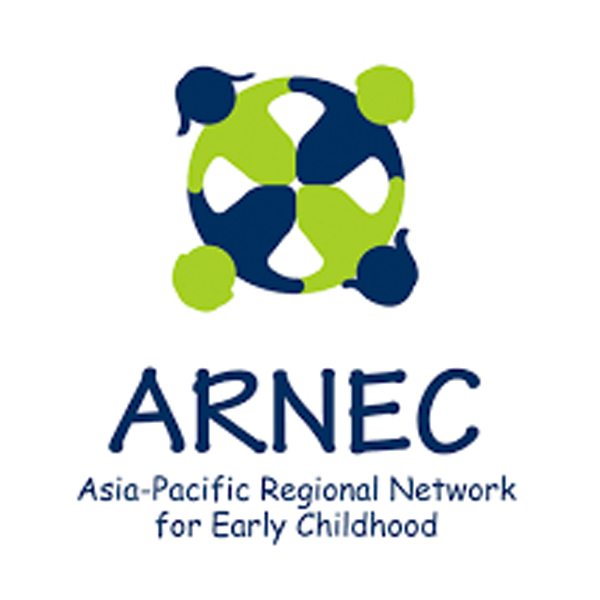Background
With the adoption of the Sustainable Development Goals (SDGs) of the 2030 Agenda for Sustainable Development in September 2015, emphasis has been given to the critical importance of enhancing cooperation and coordination in all countries at all levels in the education sector and across other sectors. The enabling role of education in achieving the other SDGs and the contribution of other SDGs towards education have also been underscored.
The TWG on Education 2030+ had build on the work of the TWG on Education for All (EFA), which operated as one of the TWGs within the framework of the Asia and Pacific RCM under the Millennium Development Goals (MDGs) framework, and was instrumental in providing technical support to Member States on EFA-related matters.
By calling ourselves “2030+” we are referring to both the need for taking a generational view of creating and sustaining the next developments in the education sector, as well as the integration of other sectors into providing a holistic education. We also acknowledge that education encompasses early childhood through lifelong learning. In the context of SDG4-Education 2030, the TWG on Education 2030+ played a key role in bringing SDG4-Education 2030 partners and stakeholders together to ensure collaboration in support of SDG4-Education 2030 at the national and regional levels. Given the broader scope of SDG4-Education 2030, the TWG on Education 2030+ also addressed and contributed to the overall advancement of the SDGs, including related SDGs, notably gender equality (SDG5), poverty alleviation (SDG1), disabilities (SDG10), conflict (SDG16) and disaster risk reduction and climate change (SDG13).
The TWG on Education2030+ was established in November 2016.
From TWG on Education2030+ to Learning and Education2030+
The United Nations Development system (UNDS) reform mandated by the General Assembly of the United Nations in Resolution of 31 May 2018 aims to reposition the UN development system as a cohesive, accountable and an effective partner to the Member States in delivering the 2030 Agenda. The reform will also adopt a system that is more integrated with capacities and resources better aligned to the current purpose, opportunities and challenges presented by the 2030 Agenda.
In 2019, the United Nations (UN) Secretary-General outlined five transformative areas for restructuring the UN regional assets in support of the 2030 Agenda.[1] Over the course of 2019 and 2020, the UN development system in Asia Pacific has been working together to develop the plans for implementation of the Secretary General’s recommendations. The formal establishment of a unified mechanism for collaboration, Asia-Pacific Regional Collaborative Platform (RCP) in October 2020 was immediately operational and meets regularly to share updates on emerging issues and coordinate regional interventions.
To align with the UNDS reform in Asia and the Pacific, the well-functioning collaboration of the Regional TWG-Education2030+ and its Secretariat will transition into the RCP, under ‘Networking Groups’. The regional collaborative platform will now be called Learning and Education2030+.
Functions of the Coordination Mechanism at Regional/Sub-Regional levels
Regional and sub-regional coordination is essential to support national efforts and to ensure harmonization between efforts at the global and country levels. Regional coordination mechanisms should build on and be in line with existing mechanisms and structures to the extent possible, including with the broader UN coordination mechanisms for monitoring and reporting established for follow-up and reporting on the overall SDG framework.
Composition of regional Education 2030 coordination mechanisms include representatives of Education 2030 co-convening agencies, regional organizations, regional civil society organization (CSO) networks, as well as other regional or international partners that may be involved in supporting educational development in countries within the region.
The regional and sub-regional levels are key both to informing the global Steering Committee about regional realities and national priorities, as well as to translating global guidance provided by the global Steering Committee into country-level action.
Regional Coordination Mechanism for SDG 4 in Asia and the Pacific
The Learning and Education2030+ Networking Group serves as the regional coordination mechanism and Asia-Pacific Meeting on Education2030 (APMED2030) serves as the regional consultation platform for the exchange of knowledge, best practices and support to countries in all aspects of the implementation and monitoring of SDG4-Education 2030.
The Learning and Education2030+ (LE2030+) will be the host of the annual APMED2030, through which, regional inputs to global level consultation and policy dialogue will be generated and contributed. Under the umbrella of APMED2030, the SDG4 National Coordinators’ Network was formed as the main body for policy-level discussions and endorsement of regional level recommendations coming out of APMED2030, or other work of the LE2030+.
The regional coordination mechanism also brings together the following sub-regional organizations: the South East Asia Ministers of Education Organization (SEAMEO), the Association of South Asian Nations (ASEAN), the South Asia Association for Regional Cooperation (SAARC), and the Pacific Island Forum (PIF). Each of these sub-regional organizations has their own education sector strategies aligned with SDG4-Education 2030 and they also participate in broader regional level efforts. Given the huge geographical spread of the Asia-Pacific, the sub-regional organizations play a significant role in the efficient coordination of regional level actions and they contribute to the implementation of the three thematic areas of the regional roadmap, i.e. advocacy, capacity building and monitoring, within their respective sub-regional contexts.
Secretariat of Learning and Education2030+:
UNESCO Bangkok, as the secretariat of the regional LE2030+ represents the Asia-Pacific region and ensures regular communication and information exchange with the global coordination mechanism, guided by the SDG Education 2030 Global Steering Committee.
Members:
The core participants of Learning and Education2030+ consist of multi-stakeholders including UN and multilateral organizations, sub-regional forums, global funds for education and multilateral banks, regional networks, NGOs/ CSOs, intergovernmental bodies, regional/international financial institutions, and research and education institutions. The group will continuously review and expand participation as appropriate.
| Regional Networks | |
 |
United Nations Girls' Education Initiative (UNGEI) |
 |
Asia-Pacific Regional Network for Early Childhood (ARNEC) |
 |
Network on Education Quality Monitoring in the Asia-Pacific (NEQMAP) |
[1] A/74/73 – E/2019/14






